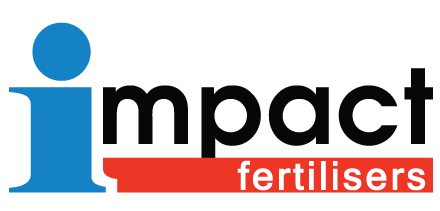News & Insights
What You Should Know About Nutrient Management in Hay Production
Why is Nutrient Management Key in Producing a Productive Hay Crop and Maintaining Soil Health?
Hay production removes large quantities of nutrients from the soil which are crucial to replace to maintain soil and crop health. Careful consideration needs to be given to all pasture types to ensure all essential nutrients are available to prevent growth limitation due to deficiency.
How Much Fertiliser is Required by Hay Pasture?
Hay production requires large quantities of nutrients and can quickly deplete soil nutrient reserves in the soil if not managed correctly. According to the DPI NSW (Havilah et al., 2021), ryegrass hay removes on average 30kg/t of Nitrogen, 3 kg/t of Phosphorus, 20kg/t of Potassium, 3kg/t of Sulphur, and 4kg/t of Calcium. Furthermore, legume pastures contain 3-4 times more calcium than grasses, which is lost when removed as hay or silage and if left unmanaged can lead to calcium depletion or deficit.
When Should You Fertilise Pasture for Hay and Silage Production?
Soil testing for true nutrient levels will assist in creating a nutrient management plan for your pasture as well as identifying the best fertiliser blend and rate to boost quality and growth. Where there were reduced or no Autumn fertiliser applications, fertiliser should be applied 10 weeks before hay cutting and for optimal results should be applied where the crop is at 5cm or more in height.
What Fertilisers Should I Use?
Depending on your soil requirements, applying fertiliser in an NPKS blend to your pasture is an effective way to manage your soil nutrients. Impact Fertilisers’ has a range of high-quality Pasture fertilisers which can be fit to your soil analysis including Hay Pro, Pasture Pro and Impact SSP.
